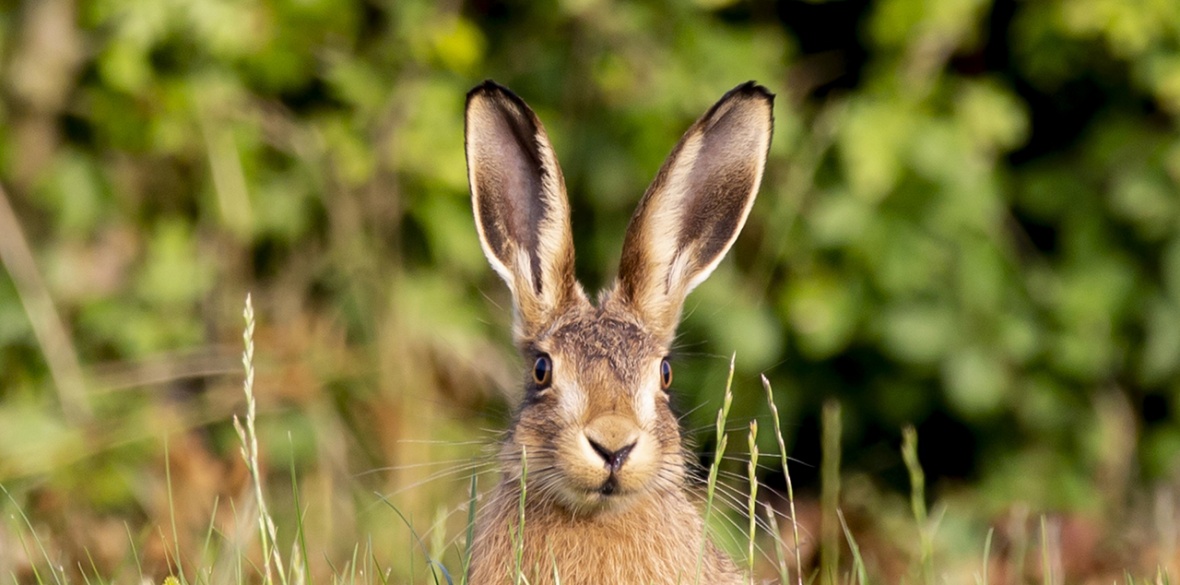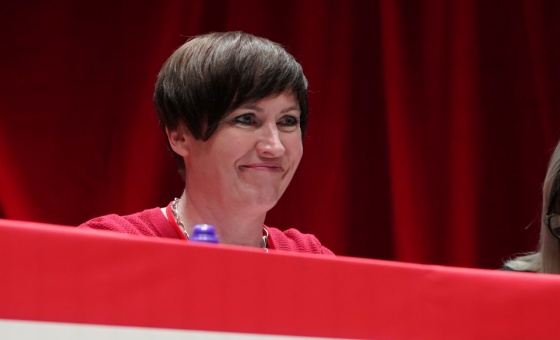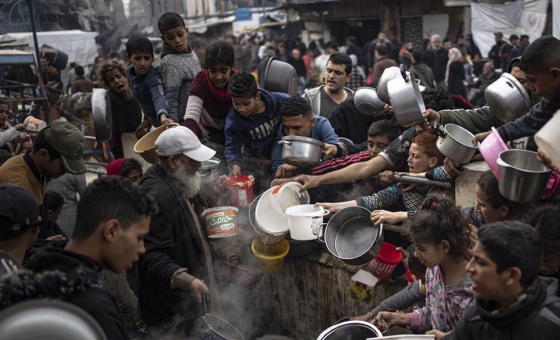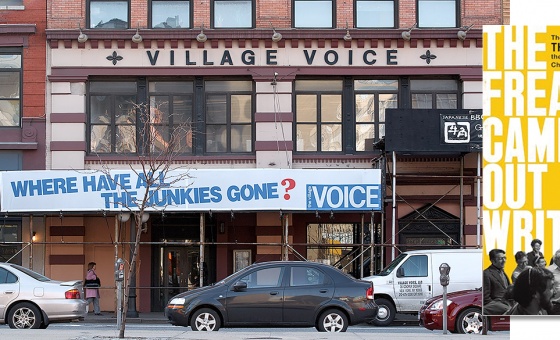This is the last article you can read this month
You can read more article this month
You can read more articles this month
Sorry your limit is up for this month
Reset on:
Please help support the Morning Star by subscribing here
THE month of March, they say, roars in like a lion and creeps out like a lamb. It isn’t either lions or sheep I most associate with this often wet and windy month but hares.
We have two types of hare in Britain, one is the mountain hare (Lepus timidus), with a population well under half a million. It lives in Scotland and the north of England and if the weather is snowy enough in winter its fur turns white.
And there is a subspecies of the mountain hare called the Irish hare (Lepus timidus hibernicus) which is found only in Ireland.
All over Britain, and indeed the world, the hare regarded as a mysterious beast, often featuring in myths and legends. You would be amazed at the widespread, varied nature of hare folklore and mythology.
Hares can appear as goddesses and the companions of goddesses, as messengers, as fertility symbols, and as tricksters.
Hares are associated with Easter and eggs, with madness in March, with the moon, with the elixir of life, with the last corn standing at harvest-time, with sacrificing themselves in fires, and with witchcraft. They have been adopted by many religions and cultures from Christian to Pagan and many in between.
Most of my Ramblings today will be about our brown hare (Lepus europaeus). In Britain, the brown hare is found throughout England, in the south and east of Scotland, but not in Ireland except for mid-Ulster and west Tyrone in the north.
Like the rabbit, our brown hares are not natives of these islands. Along with the rabbit they were introduced by Roman invaders to provide an easily hunted source of fresh meat. The mountain hare is a Scottish native but has been moved to other parts of Britain.
Like most men I’m afraid I need to confess to a bit of misogyny. Sadly I’m not the only one. One of the most distinctive wildlife sights of March is two hares boxing on their rear legs with front legs held up and punching their opponents, and everyone knew that only men box.
Books, articles and even some early TV documentaries always described this as two male hares battling for the right to mate with a female.
We now know that this rather chauvinist interpretation is nonsense. The two boxing hares are one male trying to mate with a female who doesn’t think he is up to the job and is giving him a good clip round the ear to make her point and see him off.
Sadly today hares, boxing or not, are far less likely to be seen on a March walk. Young hares known as leverets are even harder to spot.
A century ago there were more than four million brown hares in Britain. Now the population is nearer 700,000 and the decline continues.
None of our native mammals, except perhaps the water vole, has been hit harder. In some parts of south-west England, the brown hare may even be locally extinct.
There are a number of reasons for the decline, but intensification and industrialisation of agriculture have certainly been major factors.
Hares do not hibernate or store lots of fat in their bodies. They need a constant food supply throughout the year. For this they need landscapes rich in biodiversity and seasonal crops.
Once traditional hay meadows and crops grown in rotation provided just that. Today few traditional hay meadows remain.
Hay-making has largely been replaced by silage production which is more profitable and less dependent upon weather conditions.
Out in the countryside today you never see a haystack, but giant polythene wrapped silage bales are everywhere.
Grassland for silage production tends to be sown with a single species, resulting in poor biodiversity. Other changes in the pattern of land use have not been helpful to hares either.
Winter cereals offer hares a food supply between November and February. In the absence of spring sown crops the species then suffer a food shortage at the very time — the month of March — when their energy needs are greatest. March is at the height of their breeding season.
Hares actually prefer to eat wild grasses and herbs, grass in winter and herbs in summer, but 150,000 miles of hedgerow have been grubbed out during the past half a century — depriving hares and many other species of both food and shelter.
Larger fields containing single crops also mean the animals have to travel further in their effort to maintain continuous grazing.
Hares are renowned for their speed. They can accelerate to 45mph, yet have a habit of freezing and sitting tight to the ground when a predator approaches. This makes them vulnerable to farm machinery.
Many leverets too are killed by harvesters in silage fields as they wait for their mothers to return at dusk to give them their single daily feed.
Despite its decline, the hare is the only game species in Britain which does not have a shooting close season. Large, winter sporting shoots in East Anglia during February and March can kill half of the entire national population.
Since the breeding season is well under way by February, orphaned leverets are left to die of starvation.
Hares do have a measure of protection through their own Preservation Act of 1892 which prohibits the sale of hares or leverets between all of March to the end of July. Hare must not be on the menu in restaurants during this period either.
That doesn’t stop illegal shooting in any season, generally at night using high-powered lamps to attract and hypnotise the hares. This lamping is another important factor in reducing hare populations.
Although the hunting of any wild animal using dogs is now supposed to be illegal, there is still a great deal of illicit hare coursing using greyhounds, whippets and greyhound crossbred dogs called lurchers.
Behind this so-called sport is a huge illegal gambling set-up. Thousands of pounds are staked on the results of a single coursing race.
Hares are netted by these so called sportsmen to be used as live prey for the dogs to chase, catch and tear apart while large sums of money are bet on the fastest dogs. Races are filmed and shown live on the internet so betting can be remote, even in foreign countries.
In the days before hunting was banned in England and Wales, one in three hunts was a hare hunt. Hare hunting is the lesser-known cousin of fox hunting.
Although the Hunting Act 2004 made hunting with dogs illegal, most of these hunts, and their packs of dogs, still exist.
Hares are hunted with packs of harriers, beagles or bassets. Typically the human hunters followed on foot but there are harrier packs which operate on horseback. The best estimates suggest there are more than 70 hare hunts still in existence.
The hare hunting season runs from late August and early September until March. Hares are reluctant to leave their own territory and don’t venture onto new ground — as a result, hare hunting normally takes place in a limited area of the country, often of no more than one or two square miles.
Unlike foxes, hares spend their lives above ground, so do not seek refuge underground when being hunted. Hares tend to run in circles around their territory when chased by hounds.
A single chase can last up to an hour, it ends when the exhausted hare is overwhelmed by the lead hounds and torn apart. If there is anything left, the huntsman sometimes cuts of the head (mask) and tail (scut) as trophies.
If coursing and hunting were not enough, thousands of hares are shot, sometimes in the name of sport, sometimes, but rarely these days, for food but usually using the excuse of protecting young plants.
Whatever the reason more than a third of a million hares are shot in the British countryside every year. Most are shot at this time of the year when the females are pregnant and about to give birth.
You will still hear the expression “mad as a March hare”; you may even use it yourself, but if we let these wonderful noble animals be driven into extinction it will be us, not them that are totally insane.










